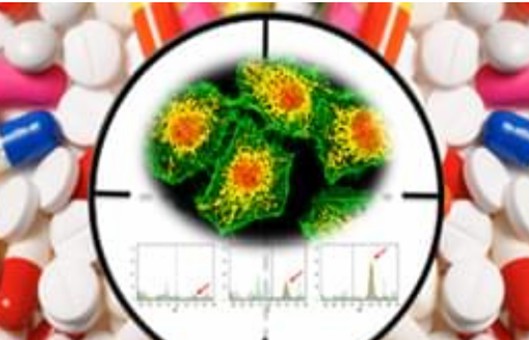Drug Liquid Imaging Protocol
GUIDELINE
For imaging drug-treated young adult C. elegans in liquids. Worms are synchronized by picking L4s, and then the young adults are exposed to drugs for 4 hours before imaging for 15 minutes in a liquid droplet on a coverslip mounted on a 3.5 cm plate.
METHODS
Worm synchronization (-4 days) e.g. Friday PM
- Four days before the experiment date, transfer 6 N2 adult gravid worms from a maintenance plate to a new 60 mm NGM plate with bacterial food (OP50) present. This will give approximately 100 L4 worms on the morning of the third day (e.g. Monday).
Making up the drugs (-1 Days) e.g. Monday PM
- First identify the drugs to be used in the study and ensure that they are correctly labeled and handled.
- Calculate the desired weight and volume of solvent required for the desired concentration if using powdered compounds. Alternatively, calculate the desired dilution for liquid compounds.
- Inside a fume hood with an analytical balance weigh out the desired amount of compound into an Eppendorf tube labeled with the compound and the final concentration.
- While still in the fume hood add the desired amount of solvent (e.g. DMSO) to get the right compound concentration, and close the lid of the Eppendorf tube.
- Finally, to ensure the compound is dissolved fully, vortex the Eppendorf tubes (ensuring the lid is firmly in place) at setting 10 for 30 seconds.
Making drug plates (-1 Day) e.g. Monday PM
- Select the appropriate number of fresh unseeded 35 mm NGM plates (no older than 3 days) and inspect to ensure an even level of agar.
- Calculate the desired weight and volume of solvent required for the desired concentration if using powdered compounds. Alternatively, calculate the desired dilution for liquid compounds.
- Label the side of each plate with the compound name, compound concentration, and date.
- Inside a flow hood apply 50 μl of sterile water to the center of the agar (this is to help the drug spread over the agar surface where the OP50 will be applied).
- Before these dries apply 3.5 μl of your compound solution (ensuring the correct compound and concentration is used).
- Allow to dry in the flow hood with the lids off (this should take around 30 minutes).
- Once dry seed the plates with 50 μl OP50 into the center of each drug plate from the fridge.
- Leave the plates overnight at room temperature in the dark.
Drug exposure (Day 0) – Tuesday AM
- First identify and label plates by the experimental Excel template.
- For each set pick 10 worms from your synchronized plates onto each of the drug plates. This should be completed within 10 minutes for each set to ensure equivalence.
- After 3 h 45 m has elapsed set up the liquid assay chambers for the set with 30 μl of the corresponding compound made up to μM concentration.
- Transfer by picking, the 5 worms from the solid agar drugged plates to the liquid assay chambers and immediately add the second coverslip ensuring that bubbles are at a minimum. Image IMMEDIATELY (i.e., no acclimation).
Imaging (Day 0) – Tuesday PM
- Place the liquid assay chambers onto the correct rig position.
- Image for 15 minutes at 25 fps with the. hdf5 file format.
Creative Bioarray Relevant Recommendations
- Creative Bioarray provides various in vitro ADME/PK services, including high-throughput ADME screening, in vitro binding, in vitro metabolism, in vitro permeability, and transporter assays.
- We also provide in vivo drug metabolism and pharmacokinetic (DMPK) services to support drug development studies of in vivo absorption, distribution, metabolism, and excretion of drug candidates. Our in vivo DMPK services cover a comprehensive range of different animal studies in several species.
NOTES
- To increase the number of worms needed simply increase the number of plates that are produced in step 1. For drug experiments 10 worms for each drug for each dose in triplicate.
- Some compounds require longer vertexing times (especially at higher concentrations) to ensure they completely dissolve. In these instances, repeat until fully dissolved.
- If plates are uneven the images can appear blurry as the different heights can result in out-of-focus patches. Different level of agar indicates that there is a different volume so the resultant concentration of the drug will be affected.
- Take a falcon tube of OP50 from the fridge and vortex on setting 10 until all the pellets have dissolved and no visible clumps remain in the solution. Dilute the OP50 1:10 in the M9 solution. Normally when doing this stage, you might have many plates to do, in these instances, the ones that were drugged first will probably dry before you have finished. Therefore, check for plates that have dried and replace the lids to ensure that there is no over-drying.
- To limit any bubbles and liquid leaving the edges, place the second coverslip on by touching one side of the tape and allowing it to drop from a minimal height. This will stop the liquid from getting to the edge of the arena and leaking out with capillary action.

